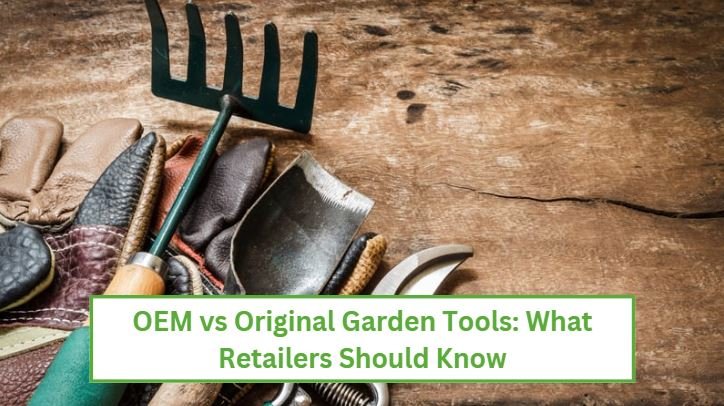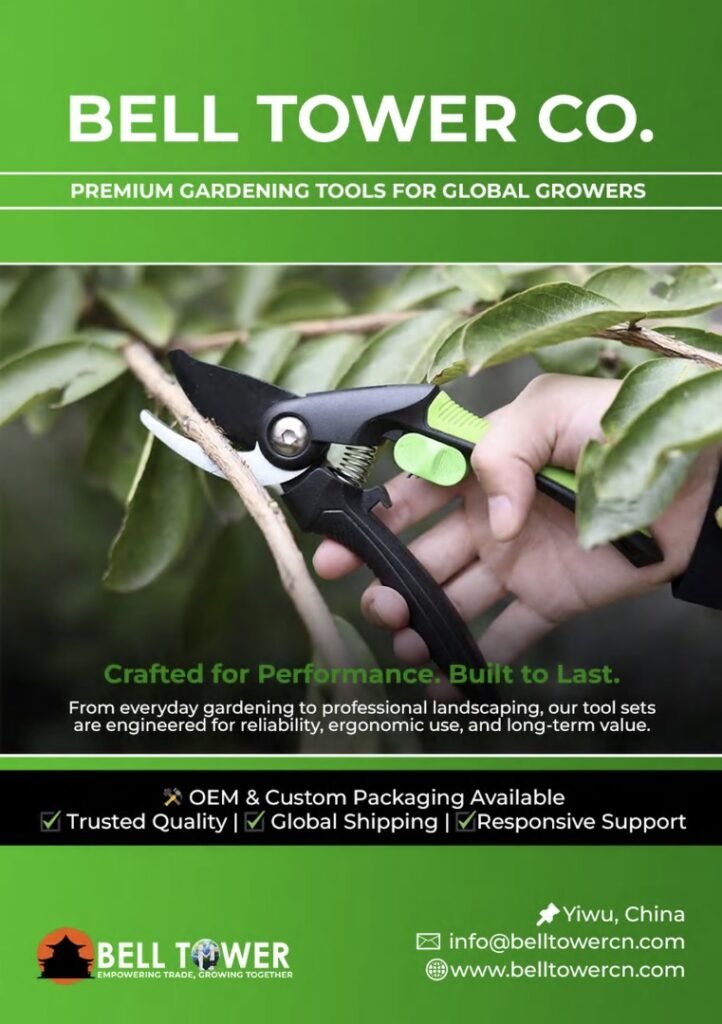Spring is the perfect time to shake off the winter chill and prepare your garden for new growth. As the days warm up, bare soil turns green and flowers start to open.
By preparing your garden in spring, you pave the way for healthier and aesthetic plants. Plus, done right, you’ll enjoy bright blooms and home-grown veggies all season long.
In this post, we’ll discuss:
- The essential tools you need
- The tasks you need to perform
Let’s help you get the most out of spring gardening.
Spring Gardening Checklist: Why Do You Need It?
A spring gardening checklist makes sure you have everything you need to help your plants flourish.
Plus, it’s easy to overlook important steps, especially when you have so much on your plate. A checklist keeps you organized and saves you time later in the season.
Think of it as a roadmap you need to follow to give your plants a great head start for the season.
Essential Gardening Tools
Before going to work, gather everything you need. Having the right tools right from the start keeps you focused and efficient.
Before is a curated list of gardening tools you need to have under your shed.
Gardening Gloves
Protect your hands from splinters, thorns, and microbes. A pair of gloves that fits your hands comfortably and has reinforced palms makes your work easier and safer.
Hand Trowel
Great for scooping soil, digging small holes, and planting seedlings. Look for a comfortable handle and a sturdy metal head.
Pruning Shears
Perfect for keeping branches neat, removing dead growth, and shaping shrubs. Pruning shears have sharp blades, helping you make clean cuts that encourage plant growth.
Check out our electric pruning shears:
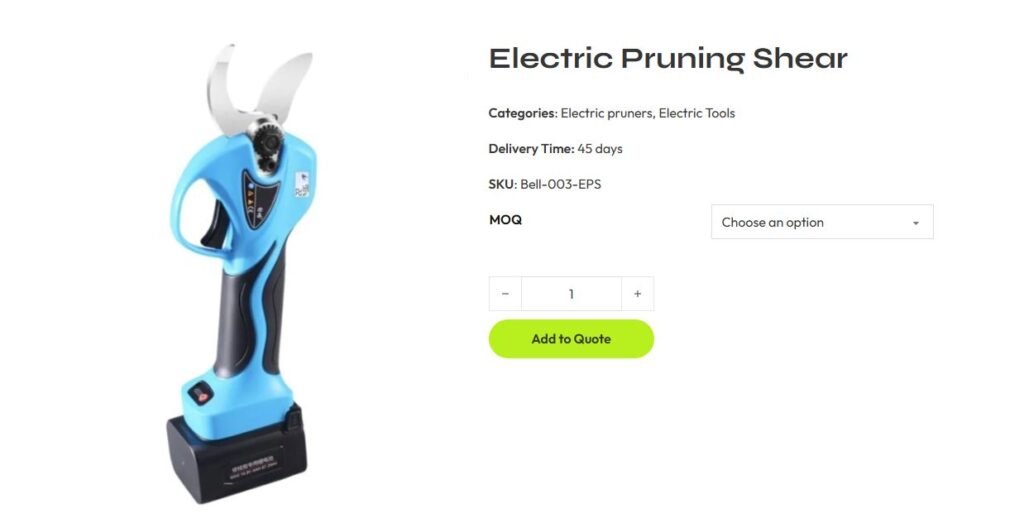
Garden Rake
Useful for cleaning leaves, leveling soil, and spreading mulch. Go with a lightweight and adjustable metal rake for convenience and efficiency.
Hand Weeder
Helps you loosen the soil around a plant, making it easy to remove. Use it to pull weeds before they have a chance to grow.
Watering Can Or Hose with Spray Nozzle
A watering can delivers water gently to established plants and delicate seedlings. A nozzle gives you more control over water flow.
Golden Cart or Wheelbarrow
A wheelbarrow helps you haul soil, compost, plants, and debris without having to make multiple trips. For uneven ground, get a stable, rust-resistant frame and pneumatic tire.
Garden Fork
Turn compost piles, aerate beds, and break compacted soil. Make sure your garden fork has four or five strong tines; they’ll make penetrating heavy soil easy.
You May Also Like: Carbon Steel Vs. Stainless Steel Garden Tools
Key Spring Gardening Tasks
Once you have the right tools in your arsenal, perform these gardening tasks to prepare your plants for the season:
Clean Up and Clear Debris
Old plant material, fallen branches, and winter leaves can invite pests and diseases. You want to remove dead foliage and tangled weeds with a rake or by hand.
Test and Improve Your Soil
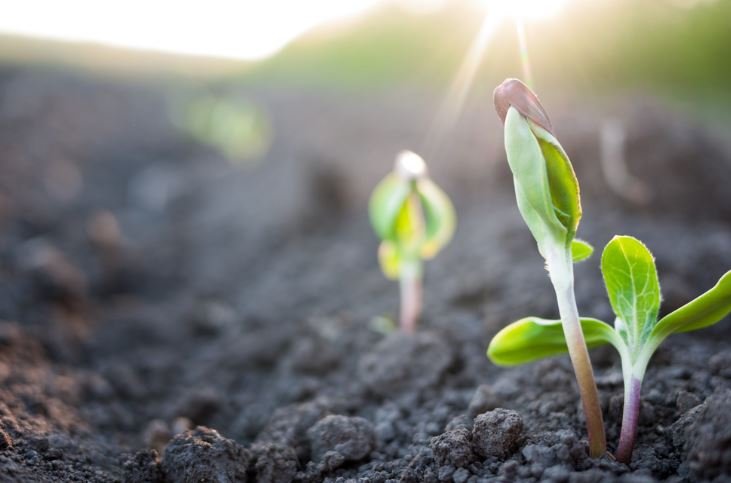
A healthy piece of soil provides a foundation for healthy plant growth. Start with a simple pH test of the soil. Most flowers and vegetables prefer a pH between 6.0 and 7.0.
If pH is too low, add lime. If it’s too high, add sulphur.
Prune and Shape Shrubs and Trees
Pruning encourages new and healthy growth. Use your pruners to remove dead or damaged limbs first. Importantly, make clean cuts at a 45-degree angle, just above a branch junction or bud.
Plan Your Planting Layout
Planning ensures each plant in your garden gets the right amount of light, water, and nutrients.
Start by drawing a simple map of your garden and noting any areas that don’t get enough sunlight. Ensure your plants get enough of it.
Next, group plants based on their water requirements. Create two groups: Moisture lovers and drought tolerants.
Lastly, consider companion planting. For instance, plant basil near tomatoes to repel pests.
Start Seeds
Depending on your climate, you can sow seeds indoors or outdoors. For indoors, sow seeds in trays and keep them in a dry, warm place.
Move seedlings outdoors for a few hours every day, around two weeks before transplanting. The goal is to gradually increase their exposure to the Sun and wind.
Fertilize Wisely
Feed hungry plants early to set them up for healthy growth. Choose a balanced, slow-release fertilizer (E.g., 10-10-10).
Overfertilization can burn roots and cause excessive leaf growth.
Inspect and Maintain Tools
Well-maintained gardening tools last longer and keep your plants healthy. \
- Scrub the metal blades with soapy water and remove rust and sap.
- Use a sharpening stone to sharpen your loppers and pruning shears every spring.
- Oil moving parts, such as hinges and wheelbarrow axes, with machine oil.
- Tighten loose screws now and then.
Scout for Pests and Diseases
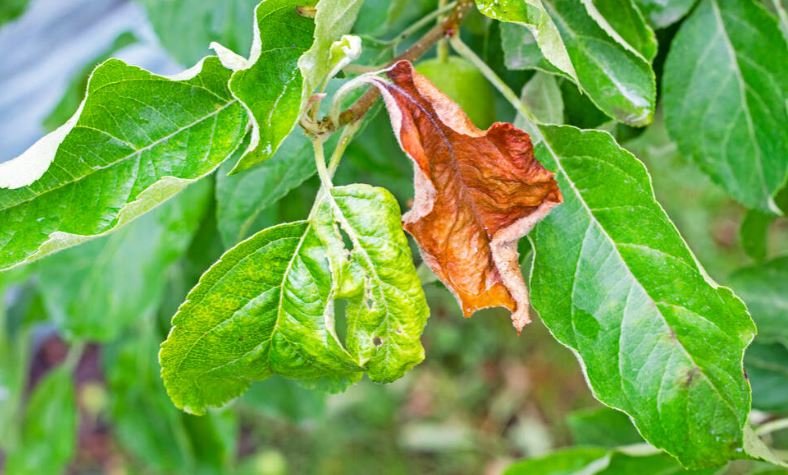
Walk through your garden once a week for early detection of pests.
Look under leaves for any early signs of a fungal disease.
If you find anything, consider natural controls, such as neem oil sprays, pest-repelling flowers, and ladybugs.
Keeping an eye on your plants for these issues means you can act before minor issues convert to major headaches.
Here’s a simple schedule, spread over a few weeks, to help you keep your tasks manageable.
| Week | Tasks |
| Week 1 | Clean up debris, test soil, and amend beds |
| Week 2 | Prune shrubs; start seeds indoors; inspect tools |
| Week 3 | Harden off seedlings; plan layout; apply first fertilizer |
| Week 4 | Transplant seedlings, scout for pests |
Conclusion
A thriving garden isn’t an outcome of unplanned tasks. It requires careful planning and execution. Having a spring gardening checklist helps you stay organized, motivated, and on time.
When you know your first and last steps, and everything in between, you can effectively prepare your plants for the season.
In this post, we gave you a spring gardening checklist, so you don’t have to feel overwhelmed and confused ever again.
Just remember to keep tasks in small, manageable chunks. Work in short and focused sessions for best results.

